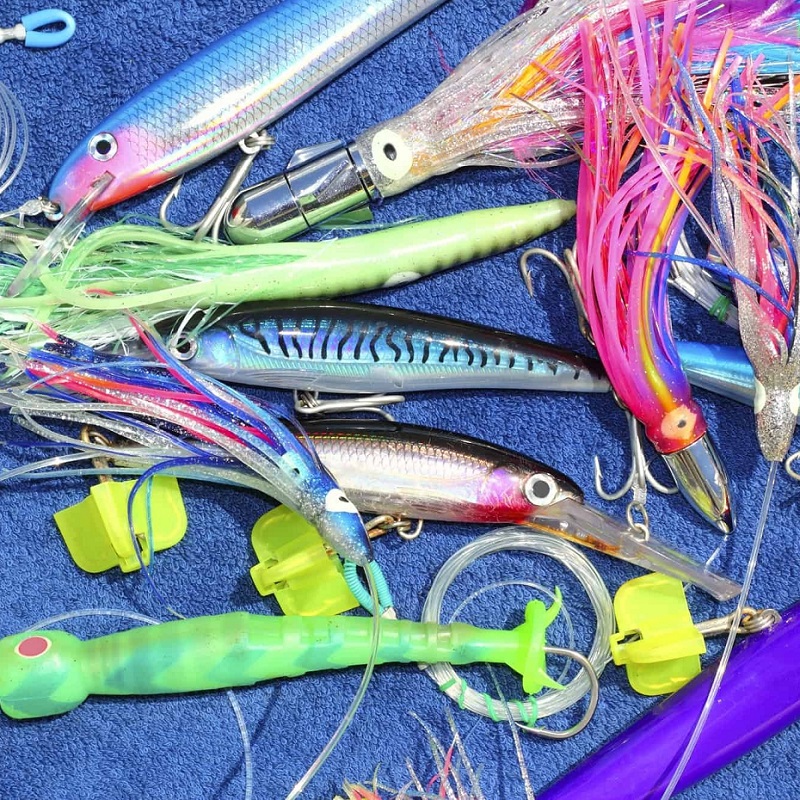Introduction: Why Choosing the Right Lures Matters
When it comes to saltwater fishing, choosing the best saltwater fishing lures can significantly impact your catch rate. Lures attract fish by mimicking the movements and appearances of prey, which makes them essential tools for anglers. However, the effectiveness of these lures depends not only on their selection but also on how well they are maintained and stored.
In this article, we will explore some of the best saltwater fishing lures available on the market today. In addition, we will provide you with essential maintenance and storage tips to ensure that your lures remain effective over time. By the end of this guide, you will have a better understanding of how to care for your lures and maximize your fishing experience.
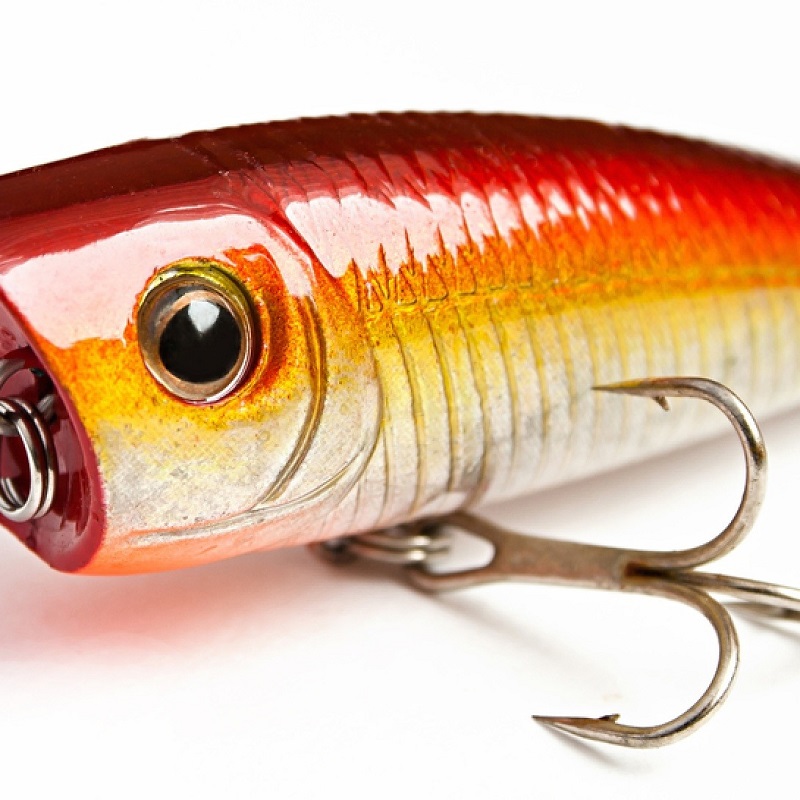
Top Picks for the Best Saltwater Fishing Lures
Jigs
Jigs are versatile lures that can be used to catch various saltwater fish. They consist of a weighted head and a hook, often adorned with soft plastics or feathers.
- Benefits of Jigs: They can be fished at various depths and are effective in different types of water conditions. Additionally, their design allows for erratic movements that can mimic distressed prey, thus enticing nearby fish.
- When to Use Them: Jigs are particularly effective when targeting species such as snapper, grouper, and striped bass. To maximize their effectiveness, consider using them in deeper waters where fish tend to congregate.
Topwater Lures
Topwater lures are specifically designed to float on the surface of the water while creating attractive splashes or popping sounds. Consequently, they excel in targeting predatory fish that feed on smaller fish near the surface.
- Advantages of Topwater Lures: The excitement of watching fish strike at the surface adds a thrilling element to your fishing experience. Moreover, they are particularly effective during dawn and dusk when fish are more likely to be feeding near the water’s surface.
- Ideal Uses: You should use topwater lures when targeting species such as tarpon, bluefish, and snook. In shallow waters or estuaries, these lures can be particularly effective in drawing fish in.
Spoons
Spoons are metallic lures that resemble small fish or other prey. Their unique shape allows them to wobble and flash as they are retrieved, creating an enticing appearance for hungry fish.
- Why Spoons Work: Spoons are designed to catch light and reflect it in different directions, making them visible in murky waters. Since they mimic injured baitfish, they are highly effective for a wide range of saltwater species.
- Common Targets: You can use spoons while fishing for species such as mackerel, tuna, and flounder. Spoons are especially effective in open waters, where visibility is critical.
Soft Plastic Baits
Soft plastic baits come in various shapes, sizes, and colors, making them highly customizable. They can be rigged in multiple ways and used with various fishing techniques.
- Advantages of Soft Plastics: Their lifelike movement and flexibility make them very attractive to fish. Additionally, you can use them in both freshwater and saltwater environments.
- Best Applications: Use soft plastics to target species such as redfish, speckled trout, and flounder. By experimenting with different colors and styles, you may find what works best for various conditions.
Bucktail Jigs
Bucktail jigs consist of a lead head and a long tuft of bucktail fur that mimics the movement of small baitfish. This lure is especially effective for larger predatory fish.
- Why Bucktail Jigs Work: The natural movement of the bucktail, combined with the jig’s weight, allows for an appealing presentation. When bounced off the bottom, they create a realistic impression of injured prey, thereby attracting fish.
- Best Target Fish: Bucktail jigs are good for catching species such as striped bass, flounder, and tuna. Furthermore, they shine in both light and dark water environments.
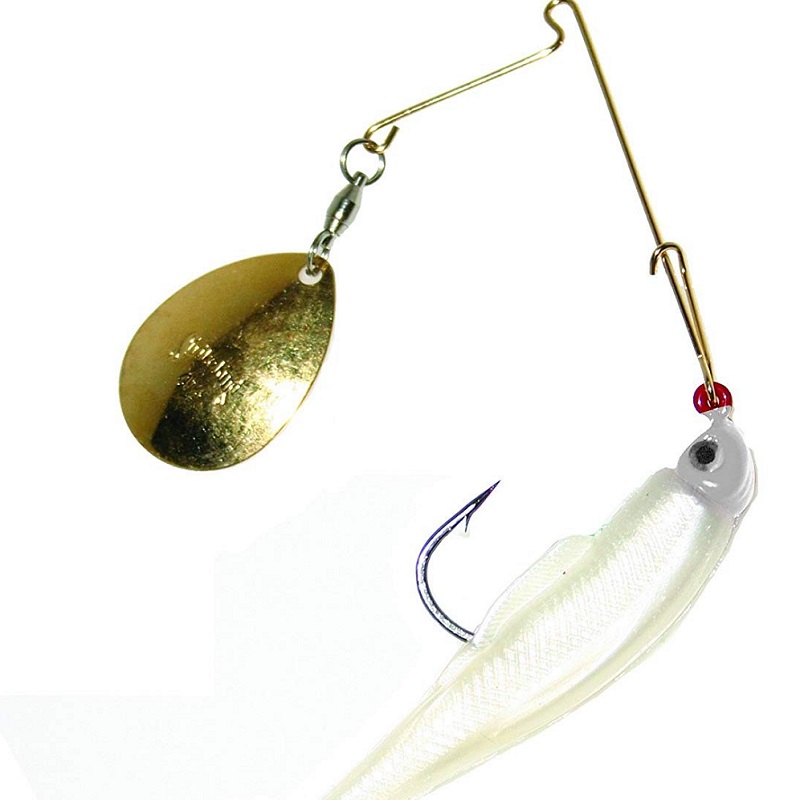
Essential Maintenance Tips for Saltwater Fishing Lures
Rinse After Use
One of the simplest yet most effective ways to maintain your lures is to rinse them with freshwater after each use. Saltwater can lead to corrosion, which can negatively affect the performance of your lures over time.
- How to Rinse: Upon returning from your fishing trip, remove any dirt, sand, or salt from the lures. Use lukewarm water to ensure that you get rid of any buildup without damaging the lure’s finish.
- Drying Naturally: After rinsing, allow your lures to air dry completely. Avoid using heat sources, as they might damage softer materials.
Inspect for Damage
Regularly checking your lures for signs of wear ensures that they remain effective. Look for rust, bent hooks, or damaged finishes.
- What to Look For: Pay particular attention to any abrasions or scratches that may affect the lure’s movement in the water. Therefore, replace any lures that show significant signs of damage.
- Repair Minor Damage: In some cases, you may be able to repair minor nicks or scratches using appropriate tools. For example, touching up with paint on jigs or spoons can restore their visibility.
Store Properly
Proper storage is crucial for extending the life of your lures. Consider the following tips for effective storage:
- Use Tackle Boxes: Store your lures in a tackle box with individual compartments. This practice prevents them from tangling with each other, which can lead to damage.
- Keep Dry and Cool: Ensure that your storage area is dry and cool. Avoid storing lures in humid environments, such as cars during hot weather, as this can lead to corrosion.
Use Lure Cases
Investing in separate lure cases can provide additional organization and protection for your lures.
- Benefits of Lure Cases: These cases often come with designated compartments and padding to keep lures safe from bumps and scrapes. Additionally, they are often portable and make it easier to transport your gear when you head out to fish.
- Material Quality: Look for cases made from durable materials that can withstand wear while keeping moisture out. This will ensure that your lures remain usable for a long time.
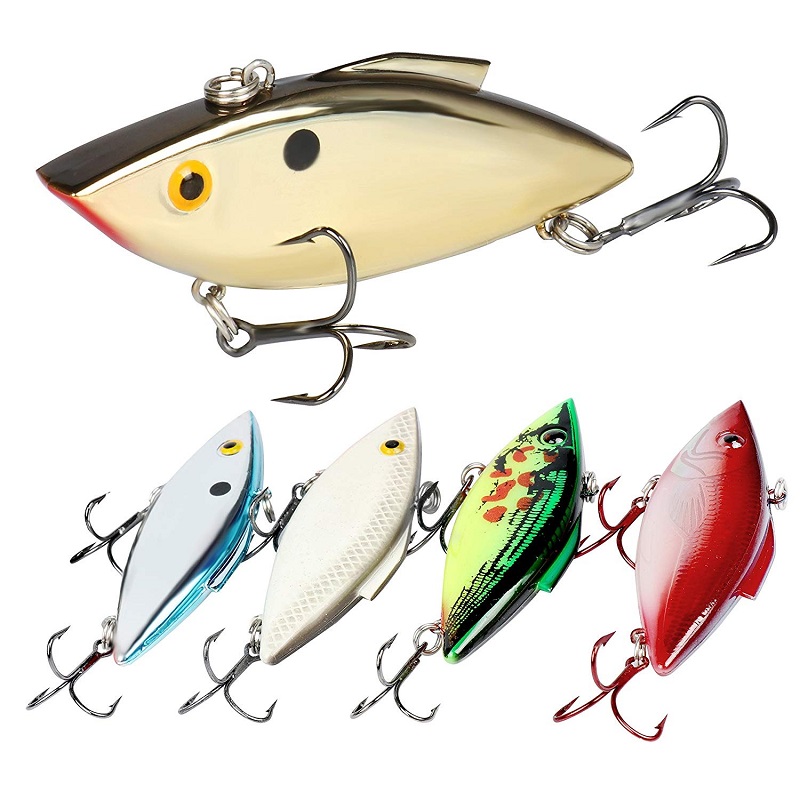
Lure Storage Solutions
Tackle Bags
Investing in a high-quality tackle bag not only organizes your lures but ensures they remain protected.
- Organizational Features: Specifically, when shopping for a tackle bag, look for multiple slides or pockets to keep lures separate. The more organized your tackle bag is, the easier it will be to find the lures you need quickly and efficiently.
- Portability: A tackle bag should be lightweight and easy to transport, allowing you to carry your lures with you wherever you fish. Furthermore, having a portable tackle bag makes your fishing trips much more efficient.
Lure Wraps
Using lure wraps can add an extra layer of protection for your favorite lures.
- Protection from Damage: Wraps keep your lures safe from scratches and tangling, ensuring that you can use them without worrying about wear and tear.
- Material Options: Consider using soft, padded materials to prevent any damage to the lures’ finishes during transport. Additionally, this will help maintain their effectiveness.
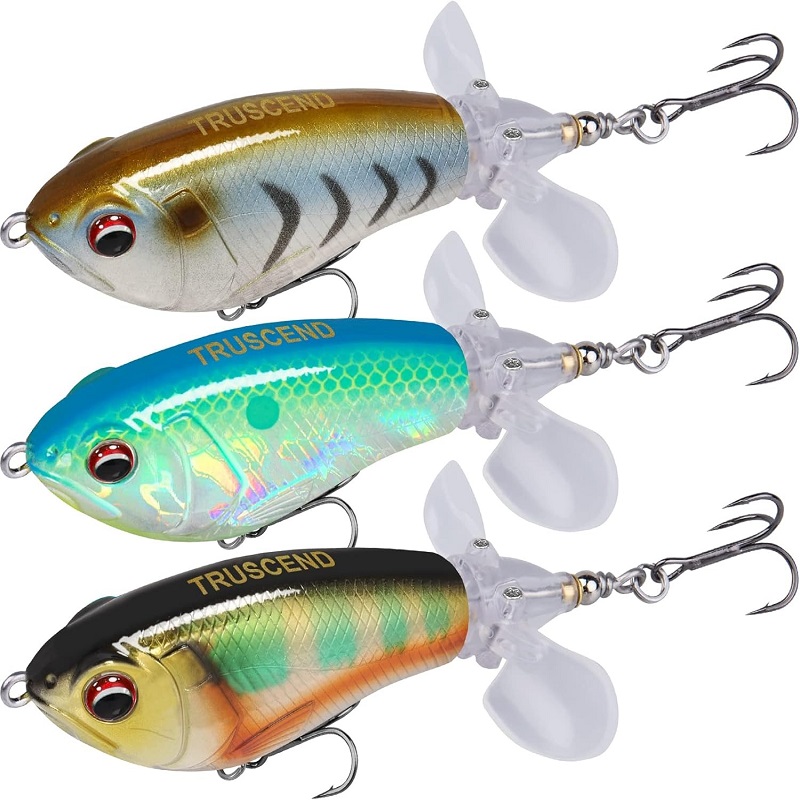
Avoiding Common Mistakes in Lure Management
Overloading Tackle Bags
While it might be tempting to fill your tackle bag with every lure you own, it’s essential to be mindful of space.
- Consequences of Overloading: An overloaded tackle bag can lead to tangled lines and damaged lures. Therefore, be selective with your lure choices based on the fishing conditions. Moreover, having fewer but higher-quality lures can be more effective.
Neglecting to Replace Old Lures
Lures have a specific lifespan, and it is essential to stay vigilant in checking their condition.
- Signs of Wear: If any of your lures show signs of fading color or corrosion, it’s time to consider replacing them. Continuing to use tired lures will not yield you the best results on the water.
Ignoring Water Conditions
Different lures perform best under specific water conditions.
- Adapting Lure Selection: Consequently, you should adapt your lure selection to the conditions you’re fishing in, such as water clarity, temperature, and current strength. This adaptability will ultimately lead to better fishing success.
Storing Lures Together
It may seem convenient to store all your lures together in one compartment, but this practice can lead to damage.
- Why to Avoid It: When lures are stored together, they can tangle and create scratches on their surfaces. For this reason, consider using separate compartments or tackle boxes to organize them more effectively.
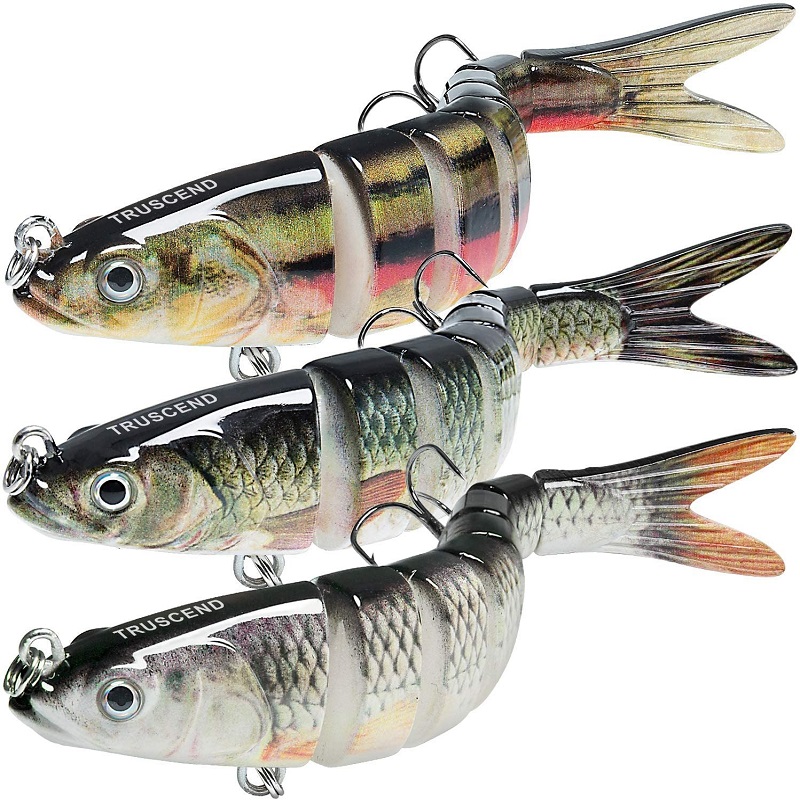
Conclusion: Making the Most of Your Fishing Experience
In conclusion, selecting the best saltwater fishing lures and ensuring their proper maintenance and storage are vital components of a successful fishing experience. By understanding the types of lures available and how to care for them, you can increase your chances of attracting fish and making the most out of your time on the water.
Regular maintenance, effective storage solutions, and thoughtful management of your fishing tackle can significantly enhance your fishing capabilities. Thus, you can focus on what truly matters: enjoying the thrill of saltwater fishing.
Therefore, take the time to implement these tips, and you’ll not only prolong the life of your lures but also improve your overall fishing success. Using the best saltwater fishing lures wisely will position you for a fulfilling and enjoyable angling experience.
